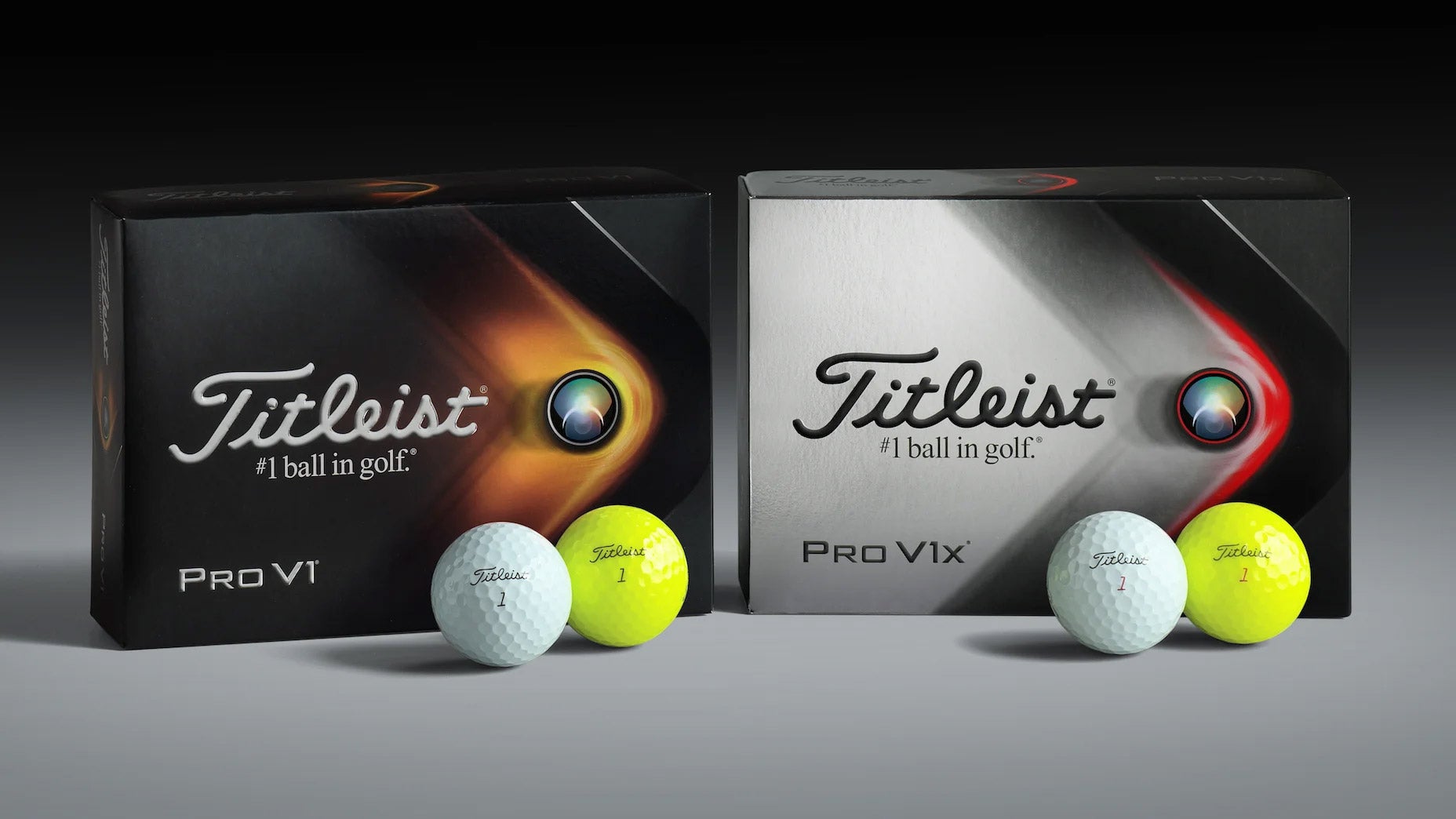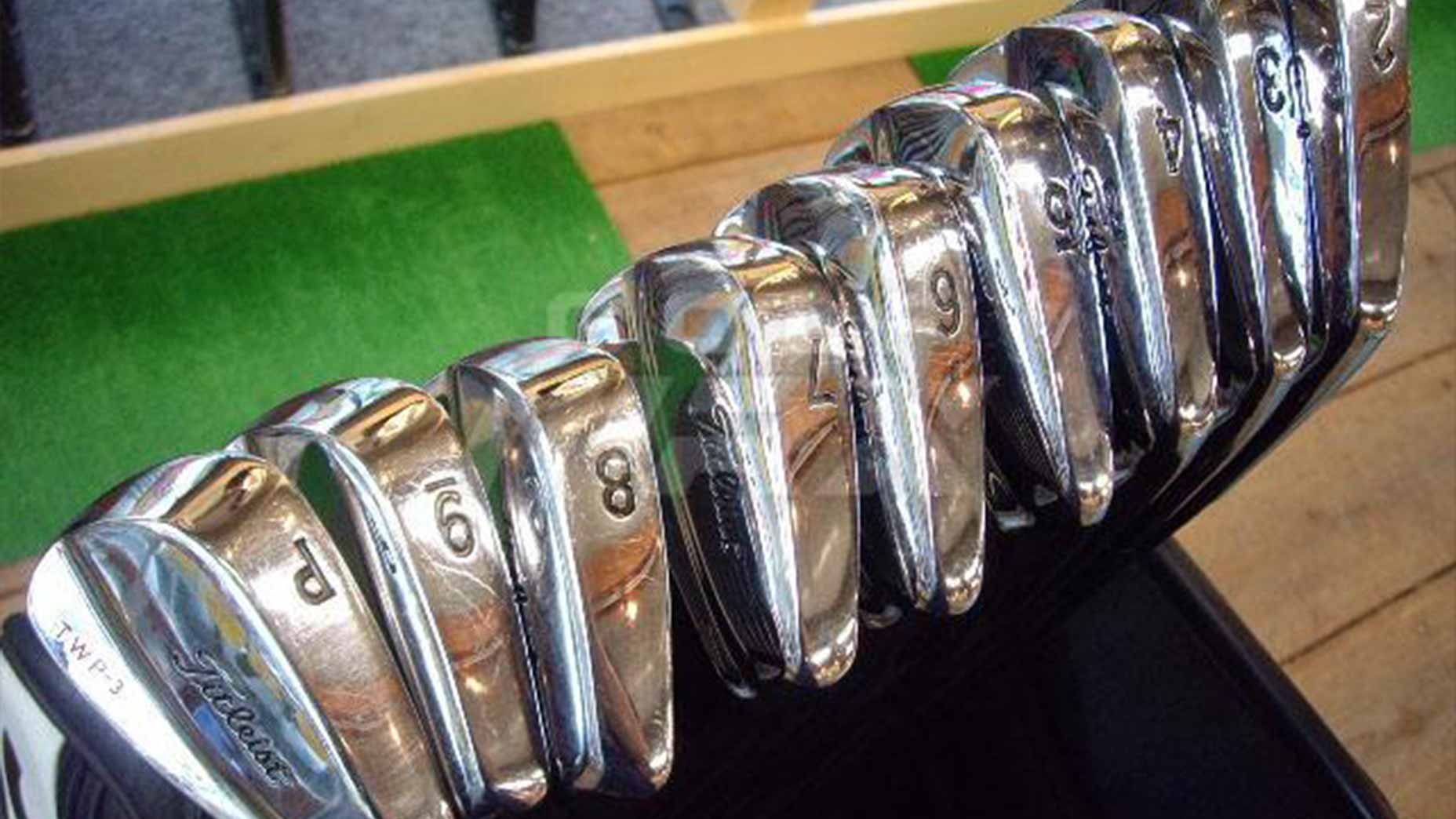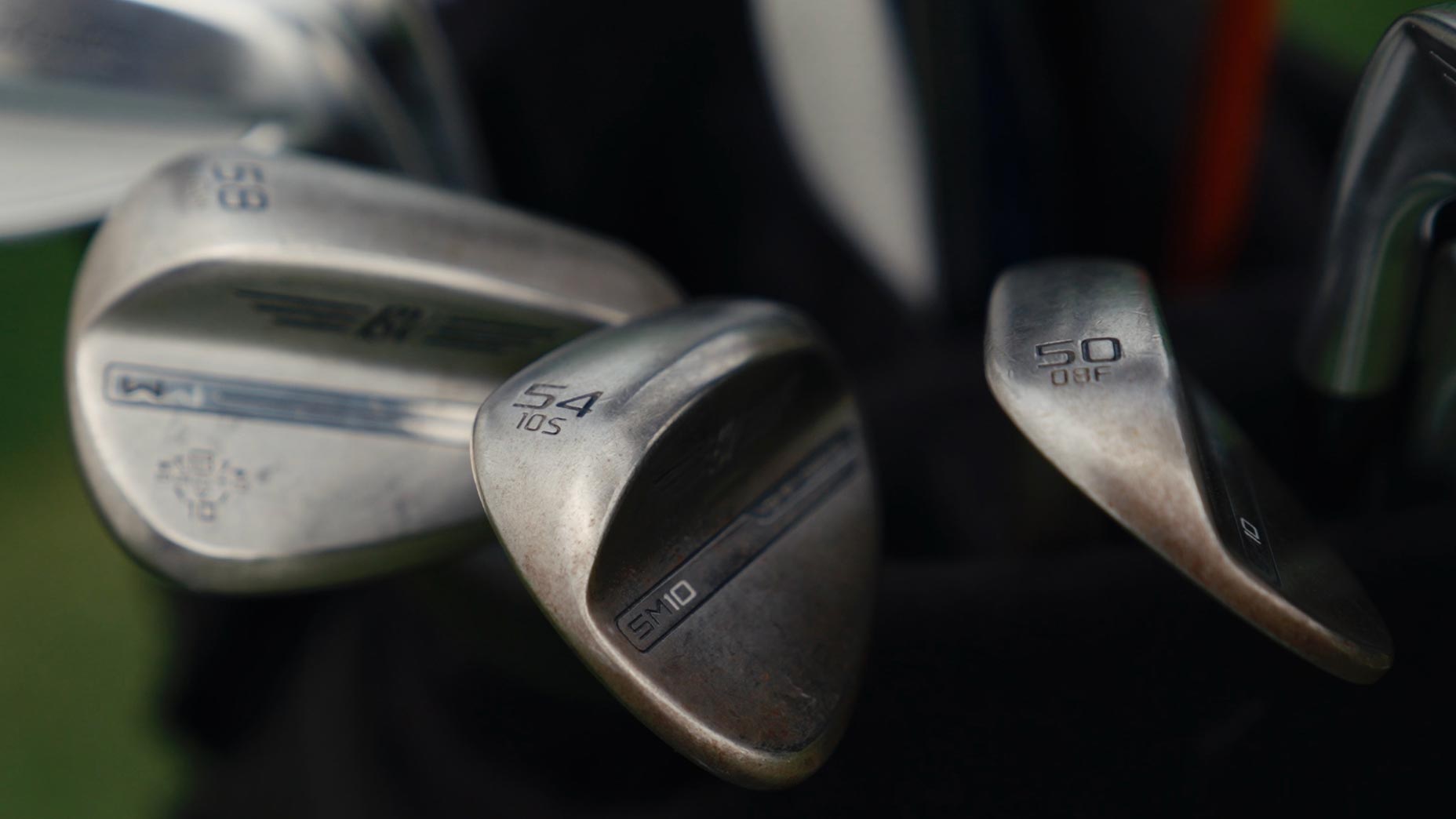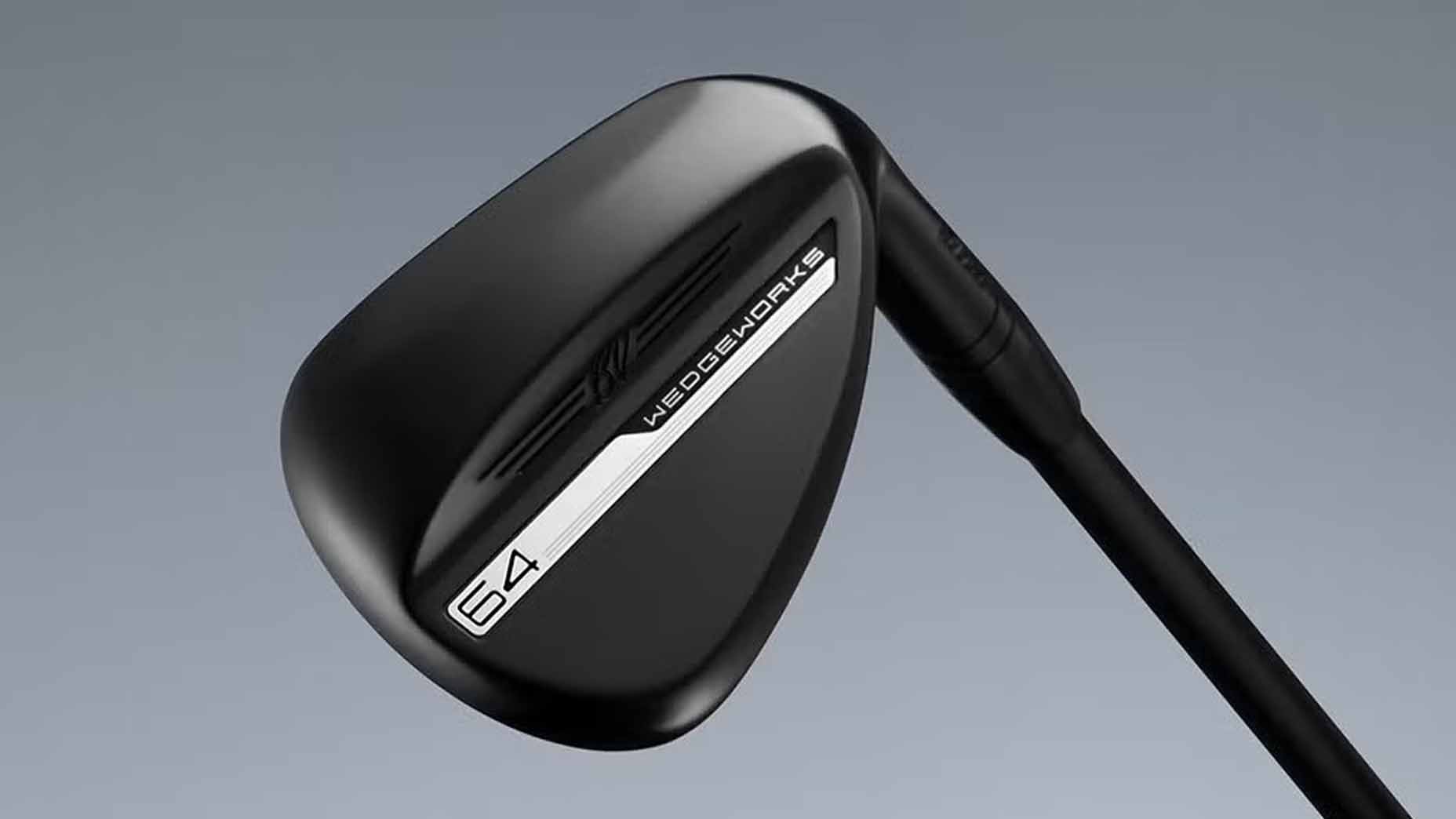Titleist’s Pro V1 and Pro V1x golf balls have been the epitome of excellence since their respective introductions in 2000 and 2003. While Titleist has since made continuous improvements to those designs in successive iterations, a complete overhaul at this juncture, in 2021, could seem like a risky venture.
However, using insight from its tour players (Titleist says it currently has 74 percent tour usage globally), amateur feedback, and extensive internal research, development and testing, Titleist has changed every piece of its intricate designs for 2021.
“Both of these golf balls have had every single variable that we can change, adjusted,” Jeremy Stone, Vice President of Titleist golf ball marketing, told GOLF.com. “Whether it’s core – or dual core in Pro V1x – the casing layer, the cover, or the aerodynamics, it’s all been changed.”
While the core-to-cover changes may seem risky, the performance increases have proven the venture worthwhile.
“Relative to prior versions, both the Pro V1 and Pro V1x are going to spin more with irons and greenside,” Stone said. “Both golf balls are softer compared to the prior generation. And, relatively speaking, both golf balls will fly higher than the prior generation.”
Additionally, ball speed on longer shots has improved thanks to a firmer casing layer, softened core and improved aerodynamics packages, according to Mike Madson, Titleist’s R&D Director of Aerodynamics and Research and Engineering,
PGA Tour players have already taken notice.
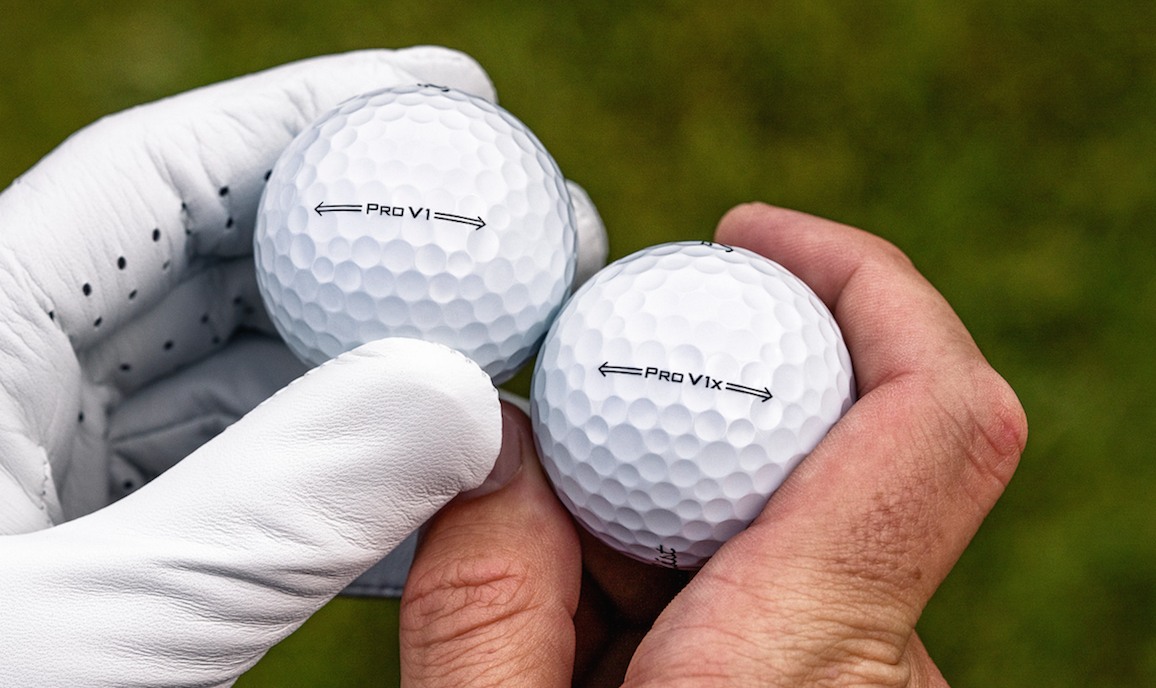
During the 2021 Pro V1 and Pro V1x golf ball seeding process that began in October, tour players upgraded to the new balls in droves. Early adopters included Justin Thomas (Pro V1x), Adam Scott (Pro V1x), Tony Finau (Pro V1) and Cameron Smith (Pro V1x). Smith, who used the new 2021 ball to become the first player in Masters history to shoot four rounds in the 60s, said he found the balls to be “hotter off the driver,” according to Titleist. He also said the Pro V1x allowed him to “control my shots – especially those difficult soft shots – so much better.” Thomas, who was searching for a higher flight with his long irons, according to Titleist, found the Pro V1x to offer more height and a steeper landing angle to better hold greens.
Brian Gay, who switched into the 2021 Pro V1 before winning the Bermuda Championship, called the golf balls “super soft,” according to a Titleist press release. He also said, “it really flights nicely” from around 50-100 yards.
The perceptive feedback of professional golfers explains not only the improvements Titleist has made across the board, but also the differences between the Pro V1 and Pro V1x golf balls.
According to Titleist, the three-layer Pro V1 golf ball is made to fly lower than the Pro V1x, and it provides a softer feel. The four-layer Pro V1x, on the other hand, is designed for a higher flight and more spin, and provides a slightly firmer feel compared to the Pro V1.
“When we think about a golfer who should be interested in playing Pro V1 – both professionals and amateurs – it’s for any golfer who prioritizes performance above every other attribute,” Stone explained. “So…if you want to play your best, without compromising in any way from any standpoint, Pro V1’s your golf ball. Then, very clearly, that begs the question, ‘What’s the purpose of something like the Pro V1x?’ And it’s for those with nuanced desires… ‘I want higher flight, I prefer a bit more spin particularly with the irons and greenside’… if they have a firm preference for feel, the firmer feel of the Pro V1x might not fit.”
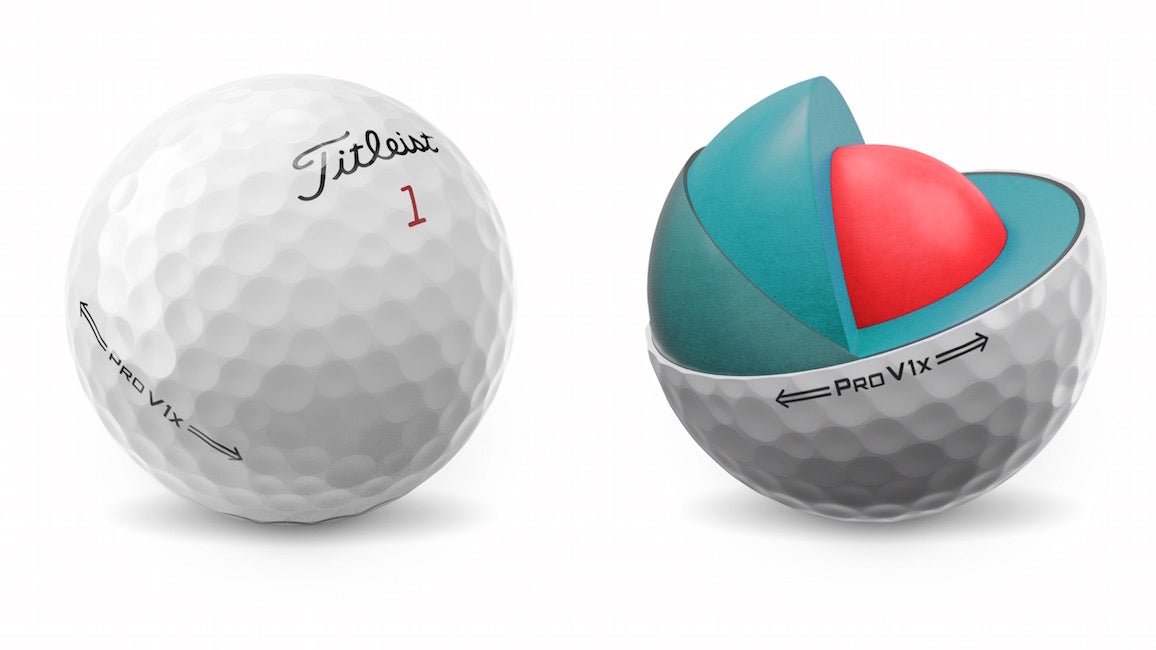
Now, to find out what has actually changed.
First off, each of the golf ball models received entirely new dimple patterns to provide better aerodynamics. Madson says this is the “first full-fledge change” to the dimple patterns of Pro V1 and Pro V1x since 2011, and that the company has been modifying, redesigning and optimizing the depths, shapes and patterns since 2012. Before getting to the current cover designs, Titleist says it tested more than 60 different dimple patterns to create its 388-dimpled 2021 Pro V1, and tested more than 30 patterns to create its 348-dimpled 2021 Pro V1x. The results are longer flying shots with both golf balls, and optimized trajectories for the preferred performance of each ball (again, lower flights with the Pro V1 and higher with the dual-core Pro V1x).
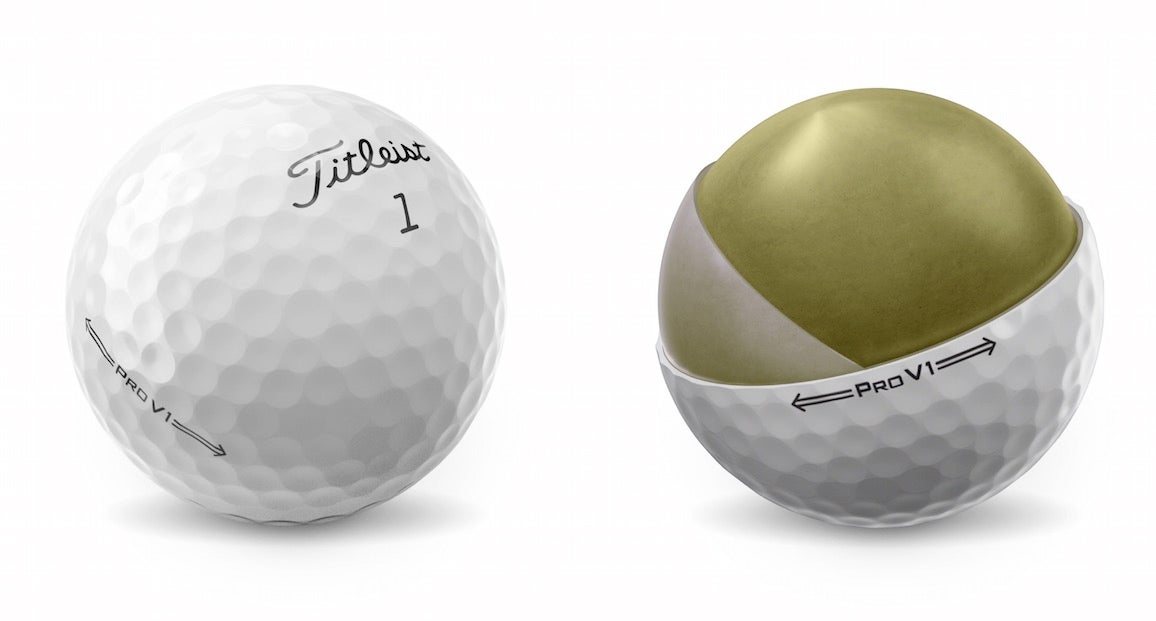
The new Pro V1 and Pro V1x balls also have faster casing layers (the layer right beneath the cover) for speed and lower spin on long shots. Titleist says the casing layers now use a stiffer material that was originally created for its low-spinning and high-speed Pro V1x Left Dash, which has been popular among tour players for several years. To work in conjunction with that casing layer, Titleist reformulated the 2.0 ZG Process Cores of the golf balls to be softer for more speed.
As Madson explains, Titleist’s Pro V1 and Pro V1x golf balls use a hard-over-soft and soft-over-hard approach. On long shots, the firm casing layer engages with the soft cores to produce more speed and lower spin. Conversely, on the short shots, the soft covers – which he calls the softest thermoset covers ever used on its stock Pro V1 and Pro V1x golf balls – engage with the firm casing layer to produce greater spin where it’s needed.
For quality insurance of the new designs, each of the golf balls undergoes rigorous checks at its Titleist Ball Plants 3 and 4.
No stone unturned, indeed.
Titleist’s new Pro V1 and Pro V1x golf balls for 2021 will hit stores on January 27. They will be available in white and high optic yellow, selling for $49.99 per dozen.
Want to overhaul your own bag for 2021? Visit the expert fitters at our sister company, True Spec Golf. For more on the latest gear news, check out our latest Fully Equipped podcast below.
